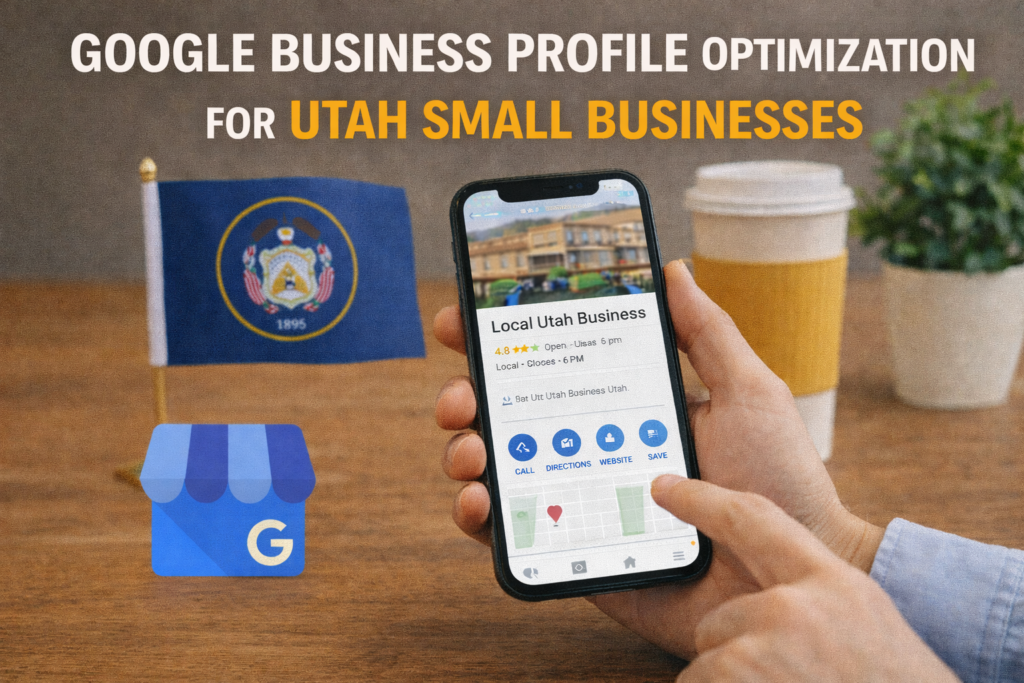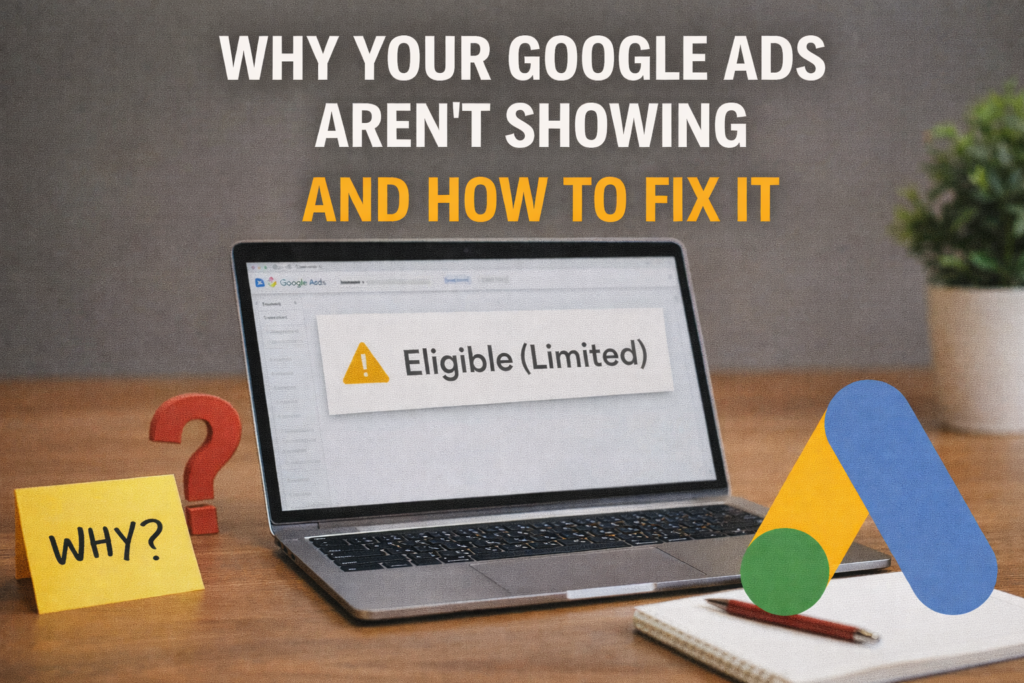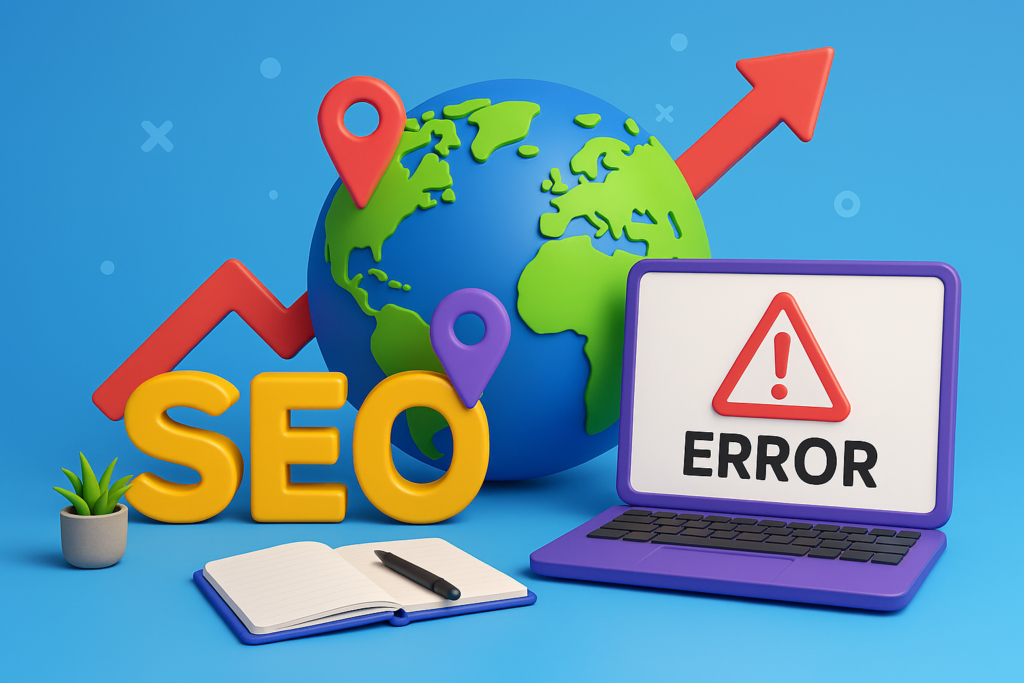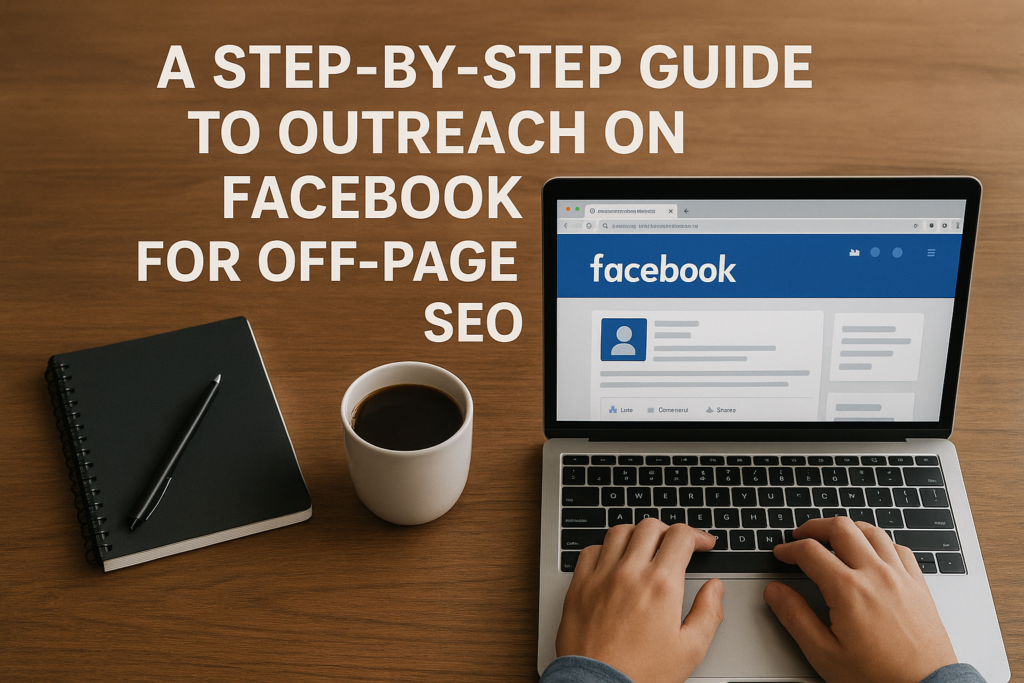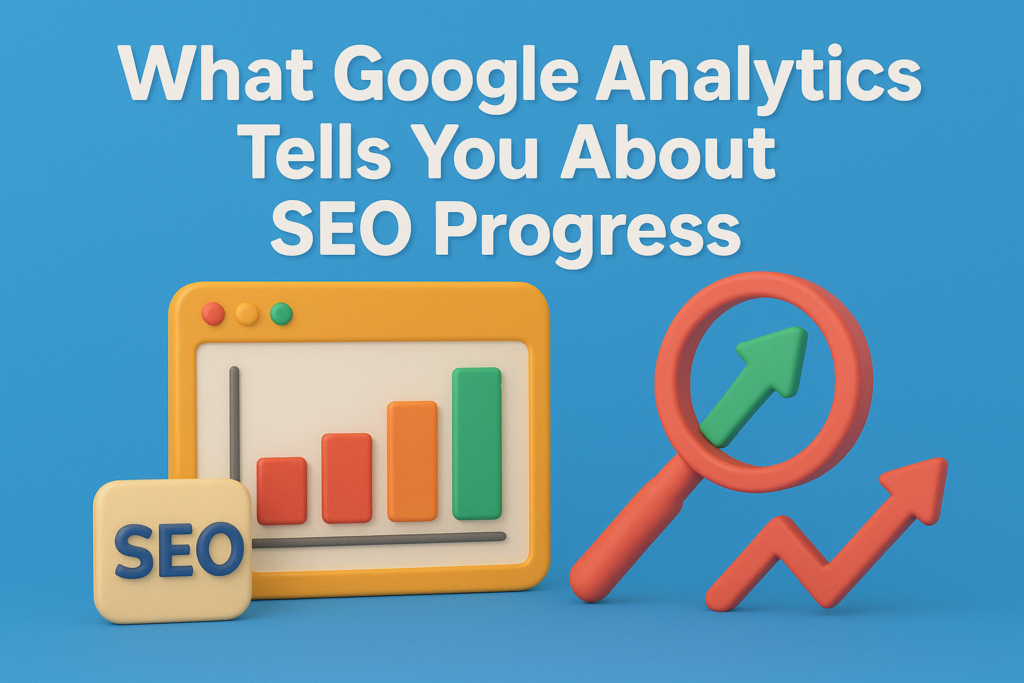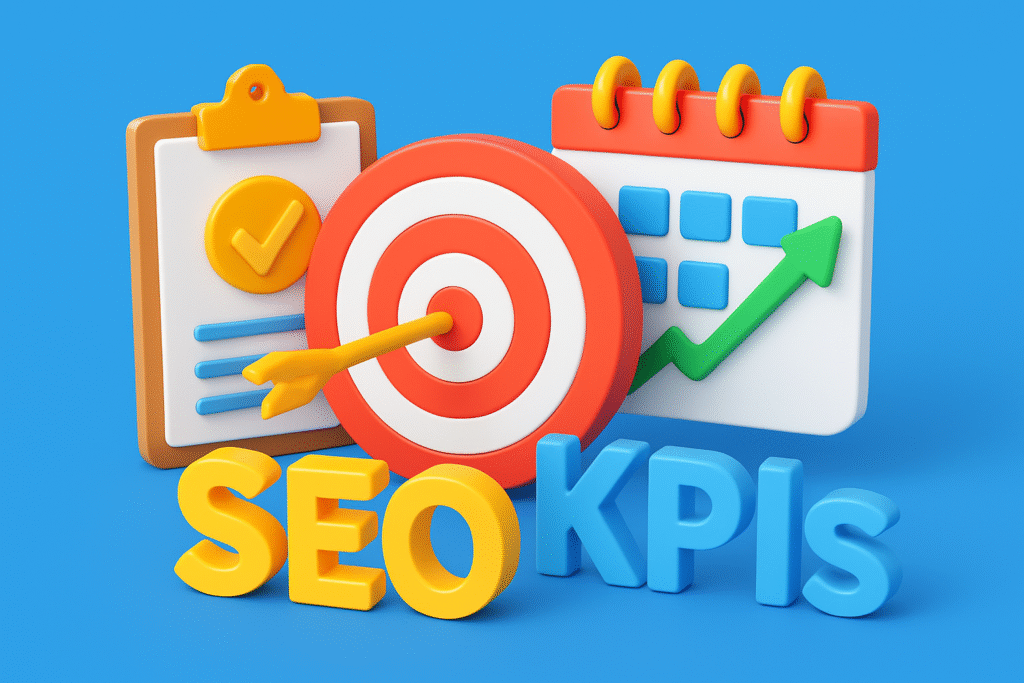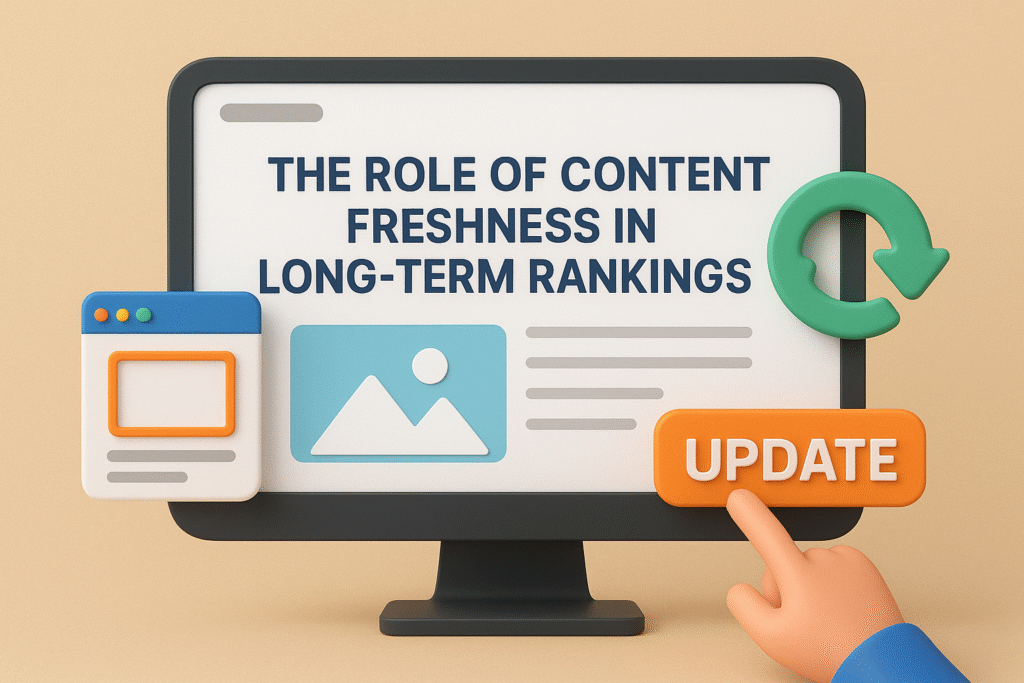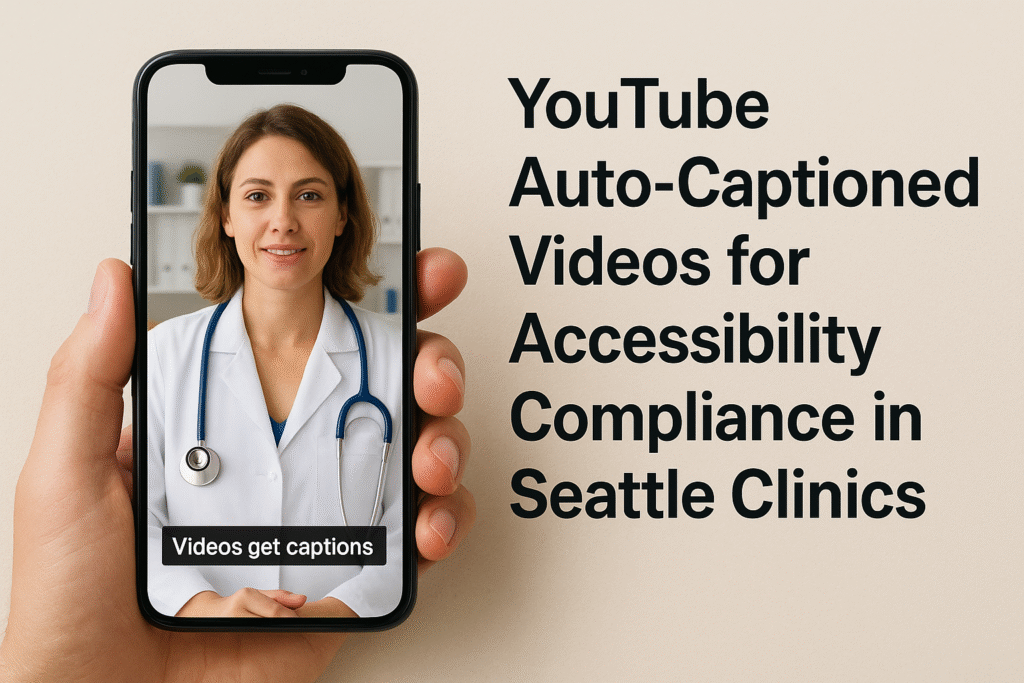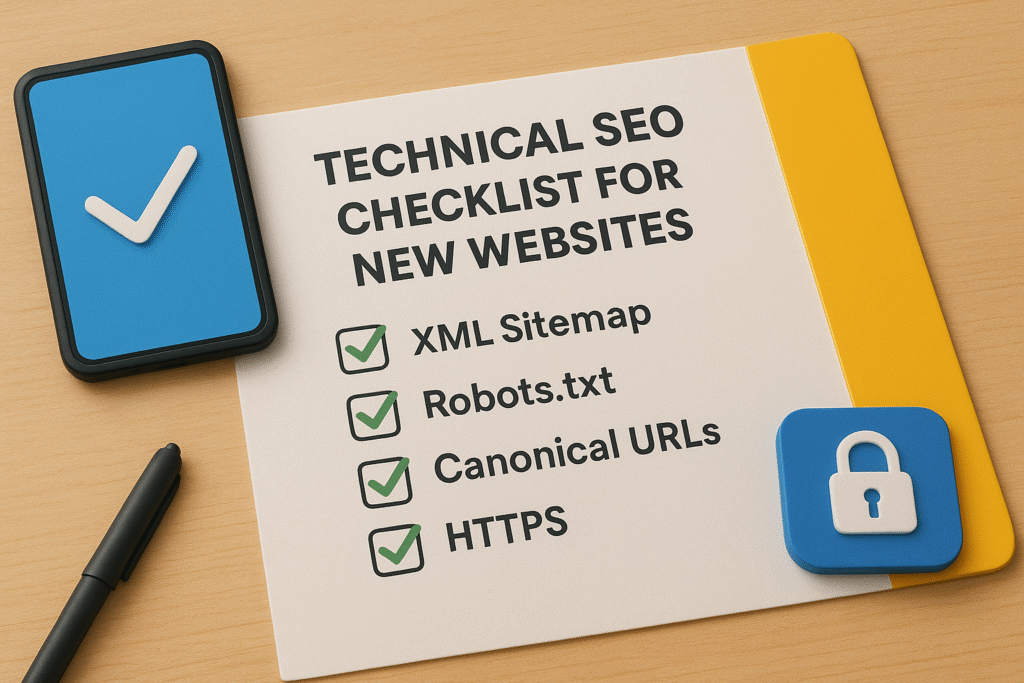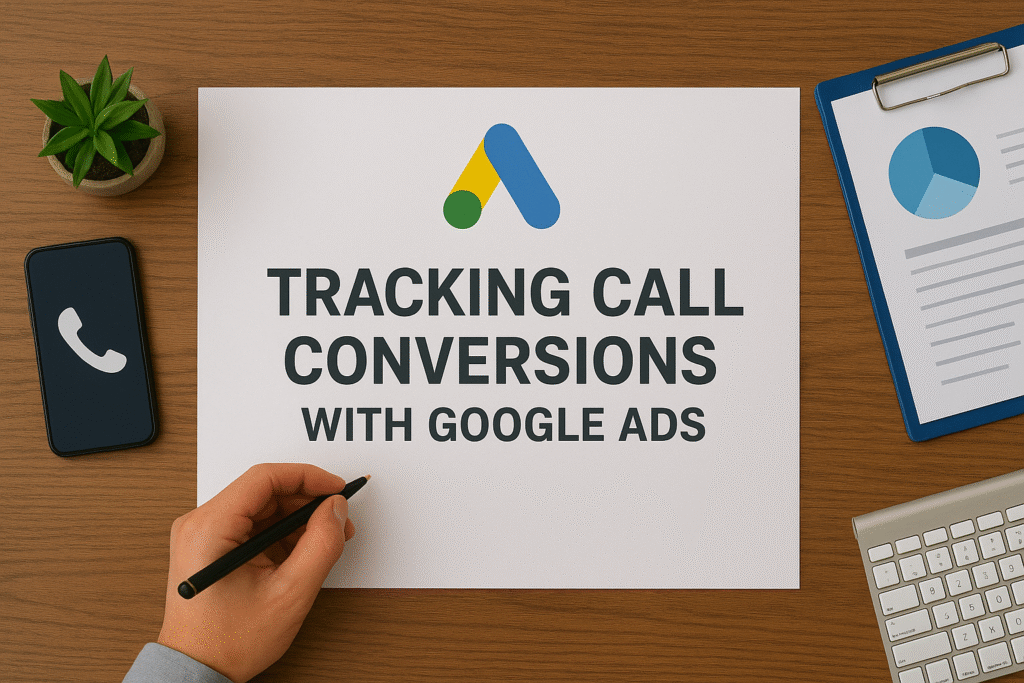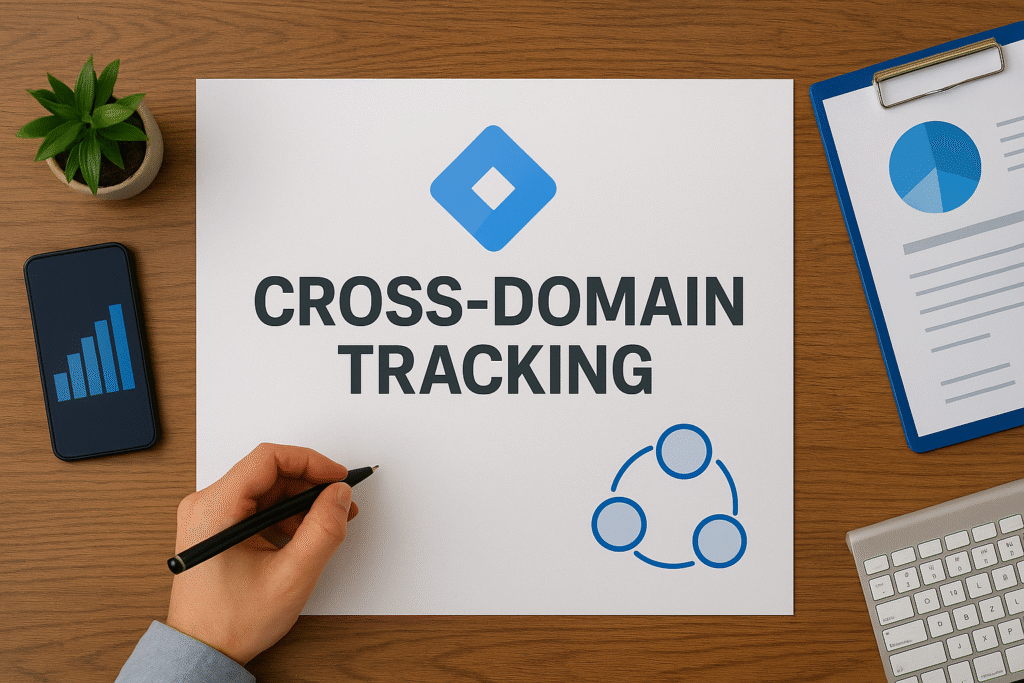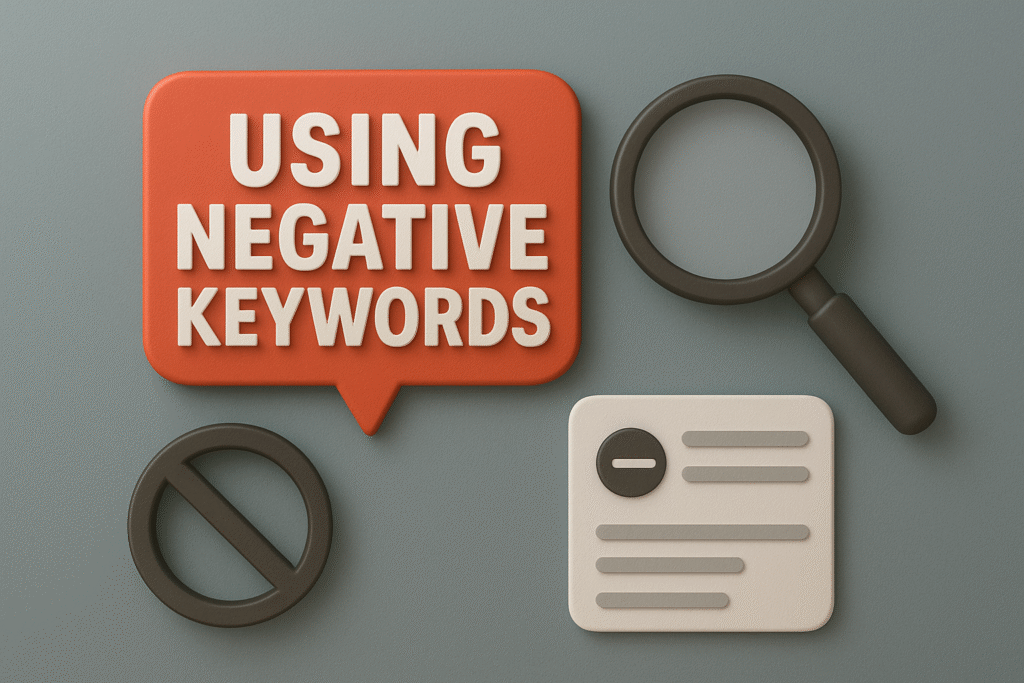You should be aware that SEO is a long game. No matter how inexperienced you are with SEO, anybody can start with the following search engine optimization in easy steps and raise their website’s ranking quickly. Well, eventually. A year or longer.
You can leave this course having compiled a list of doable tasks to launch your SEO campaign.
Search engine optimization in easy steps
- Step 1: To look for keywords.
- Step 2: Put keywords in the page title.
- Step 3: Include keywords in the URL of the page.
- Step 4: Put keywords in your meta description.
- Step 5: Put keywords in your H1 text.
- Step 6: Incorporate keywords into the text of the page.
- Step 7:Build links to your website.
Step 8: Keep an eye on your ranking.
1. Look for keywords.
Selecting a list of terms and phrases relevant to your organization is all that is required for keyword research. Please focus on the words that will most likely lead individuals to do the action you want.
Although you can utilize a specialized keyword research tool, it’s best to start by choosing your keywords based on intuition. For you to keep track of, list these keywords in a spreadsheet or document. Select a single word or phrase, and utilize it on just one website page. In other words, you shouldn’t use several keywords on the same page. One term, as well as any keywords it has semantic ties to, should be your focus.
2. Include keyword-rich page titles.
It’s time to start using your selected keyword when you’ve decided. The title of your web page should be entered first.
The page title is one of the most crucial factors used by Google and other search engines when determining what is on a web page. It appears on your website’s search engine results page (SERPs).
Remember that your website title may only have many characters, including your brand name.
3. Include keyword-rich page URLs.
Google and other search engines analyze the text of a web page’s URL to identify its content. In the slug, you should utilize your keyword or phrase explicitly.
4. Include keyword-rich meta descriptions.
Your website’s meta description may further explain your page to visitors and search engines.
Metadata still matters, even if it is less significant than it once was. Please make use of it by inserting your keyword or phrase. The keyword information should concentrate on your keyword or phrase, and the description should be understandable to a human. Make it brief; more often than not, less is more.
5. Include keyword-rich H1 content.
The H1 text on your website is often the article title or big, bold text. Because of this, Google and other search engines prioritize the terms in the H1 text. Make sure your phrase or keyword appears there.
6. Include keyword-rich material on the page.
Your on-page SEO approach must include your target keywords in the text.
Consequently, search engines will be informed that the website is genuinely about the term and should appear in search results. You should employ your keyword somewhere between 4-6 times and 10-12 times, according to “experts.”
7. Create links pointing to your site.
Building inbound connections to your website from reputable sites in your sector or niche requires a lot of effort after convincing search engines that your keywords are relevant.
One of the most crucial SEO actions you need to do is undoubtedly this. When determining how you rank for specific queries, Google and other search engines consider the quantity and quality of links leading to your website. Linking to you indicates that your website provides reliable, authoritative information on a particular subject. External links to websites in your sector should also be included to further highlight your importance for that keyword.
8. Check your ranking.
Not least, it’s time to evaluate the outcomes of your efforts. Give the search engines a little time (a few weeks to a few months) to do their job, and then keep monitoring your rank to see what has changed and to monitor your progress.
Starting with SEO, you may manually verify this rank by doing a Google search for your intended term and utilizing Google Search Console to see your rankings without charge. You may upgrade to an official SEO monitoring tool to track the most relevant keywords and regularly develop tactics to increase your performance since GSC has certain limitations.
It would help if you kept an eye on your Google PageRank similarly. To determine how “important” your website is online, Google utilizes your Page Rank. You have a greater chance of being among the top search results if your page rank is higher.
You need to evaluate your website as you go along with the monitoring approach.
Google Launches’ Year in Search’ Overview for 2022 (marketingfordigital.com)
This SEO guide is Only the First Step in a Long Process
Don’t let your education end here. With the help of the methods above, you may begin developing an efficient search engine optimization plan but bear in mind that SEO involves a lot of moving elements and calls for caution, focus, and perseverance. Because of this, several businesses have whole teams devoted to their SEO initiatives.
The good thing is that you can plan your future moves without hazarding a guess. Increase the probability that your website will rank on the top page of the SERPs by using our beginning bundle to kickstart your SEO strategies.



